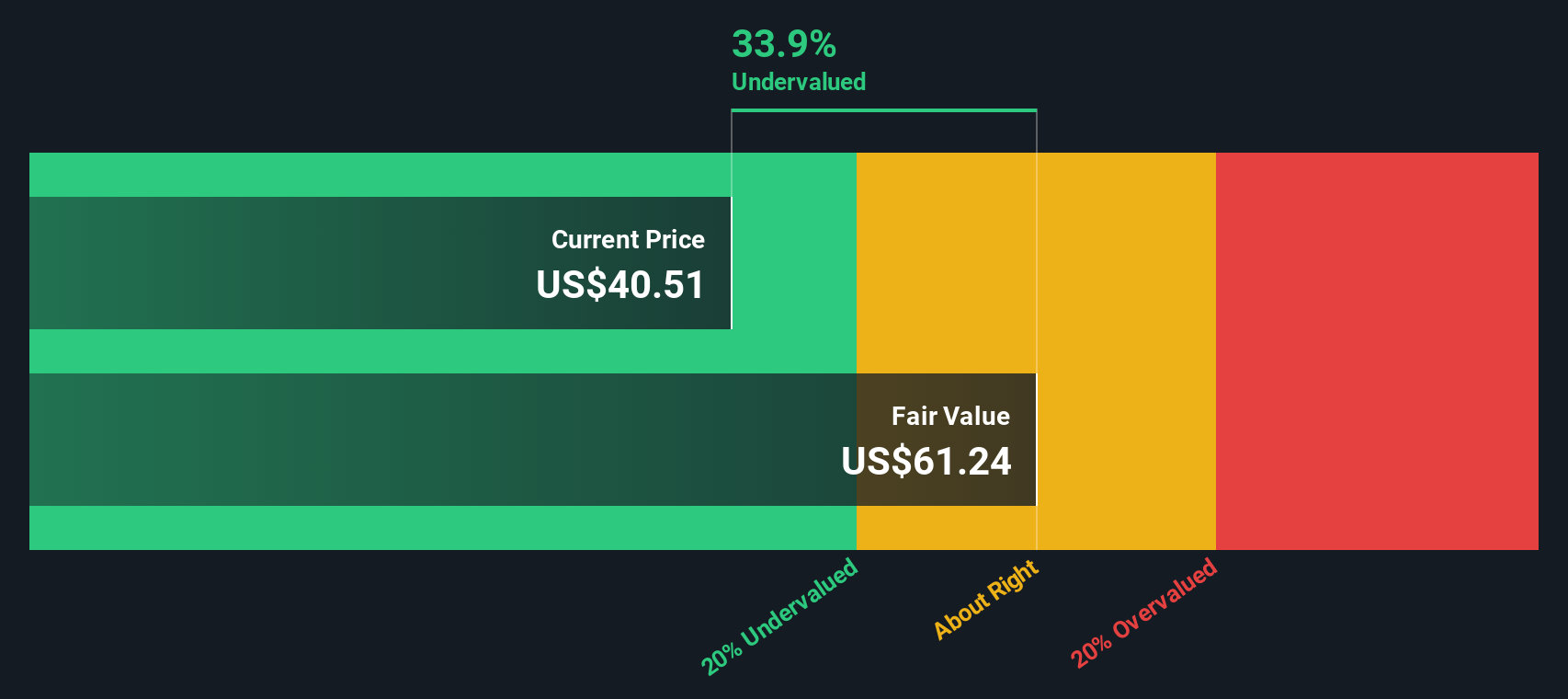The California housing market in 2026 is shaping up to be a year of modest growth and slightly improved affordability. While we won’t see the rapid surges of years past, expect a gentle uptick in home sales and a record-breaking median price that hints at a market finding its footing after more challenging times.
I’ve seen cycles come and go. It’s always tempting to focus on the dramatic swings, but sometimes the most insightful observations come from understanding the subtle shifts. The California Association of Realtors (C.A.R.) latest forecast for 2026 offers a glimpse into a market that’s stabilizing, and for many, that stability is actually good news.
California Housing Market Forecast for the Next Year: 2026 Predictions
Sales on the Upswing, But Don’t Expect a Frenzy
According to C.A.R., we’re looking at an increase of about 2 percent in existing, single-family home sales in 2026. This means an estimated 274,400 units could change hands. This might not sound like headline-grabbing news, especially when you compare it to the booming sales numbers of a few years ago. However, it’s a welcome step up from the projected 269,000 sales for 2025, which itself is a slight dip from the 269,200 homes sold in 2024.
Think of it like this: the market has been catching its breath. After a period of intense activity, it’s natural for things to calm down a bit. This projected increase in sales in 2026 signifies a gradual return to normalcy, rather than a mad dash. For buyers who have been priced out or overwhelmed by competition, this could mean more options and a slightly less frantic search.
A New Price Record, But At a Slower Pace
Here’s a fact that will likely grab attention: California’s median home price is forecast to hit a new projected record of $905,000 in 2026. This represents a 3.6 percent increase from the projected $873,900 in 2025. It’s important to remember that this follows a more modest 1 percent rise in 2025 from the $865,400 median price in 2024.
Now, I know what some of you might be thinking: “More expensive? Great!” But it’s crucial to dig a little deeper. This 3.6 percent growth is significantly slower than the double-digit increases we’ve witnessed in some prior years. This is a key indicator that the market is moving away from rapid appreciation and towards a more sustainable growth pattern. As C.A.R. President Heather Ozur mentioned, “Home prices in California are expected to rise in 2026, but the growth pace will remain mild when compared to rates we’ve seen in past years.” This is a message of moderation, not runaway inflation.
Improved Affordability: A Breath of Fresh Air
One of the most encouraging pieces of the 2026 forecast is the projected increase in housing affordability. We’re looking at the Housing Affordability Index inching up to 18 percent in 2026, from a projected 17 percent in 2025, and 16 percent in 2024.
What does this mean for the average Californian? It means a slightly larger percentage of households will be able to afford to buy a median-priced home. This improvement is largely driven by a projected decrease in mortgage interest rates. C.A.R. forecasts the average 30-year, fixed mortgage rate to dip to 6.0 percent in 2026, down from 6.6 percent in 2025. While these rates are still higher than the pre-pandemic era, they represent a significant improvement from recent years and are well below the long-term average of nearly 8 percent. Lower interest rates, combined with a slight uptick in inventory, creates a more favorable environment for buyers.
Economic Undercurrents: What’s Driving the Forecast?
It’s vital to understand the broader economic forces that are shaping this housing forecast. C.A.R. projects a slight slowdown in U.S. GDP growth to 1 percent in 2026, following a projected 1.3 percent in 2025. California’s nonfarm job growth is also expected to be modest at 0.3 percent in 2026, contributing to a projected unemployment rate of 5.8 percent.
This might sound a bit concerning, but in the context of the housing market, it can play a balancing role. A strong, rapidly growing economy can fuel rapid home price appreciation. A more measured economic pace, on the other hand, helps to temper extreme price swings and contribute to the stability we’re forecasting.
We also anticipate inflation to average around 3.0 percent in 2026, a slight increase from the projected 2.8 percent in 2025. While higher inflation can erode purchasing power, the projected drop in mortgage rates is expected to offset some of this impact on housing affordability.
Inventory: A Gradual Improvement
A key factor influencing both sales and prices is the availability of homes for sale. The 2026 forecast suggests that housing supply will continue to improve, potentially reaching near pre-pandemic levels. Active listings are expected to be up by nearly 10 percent. This is excellent news for buyers who have been frustrated by the lack of choices.
When there are more homes on the market, sellers have to be more competitive, and buyers have more leverage. This gradual increase in inventory is crucial for sustaining a healthy market. As Jordan Levine, C.A.R.’s Senior Vice President and Chief Economist, pointed out, “Housing sentiment will see some improvement in 2026” as economic uncertainty clears and mortgage rates decline.
Challenges on the Horizon
While the forecast paints a picture of cautious optimism, it’s not without its potential hurdles. Levine also highlighted ongoing challenges such as “mounting headwinds such as the ongoing trade tensions between the U.S. and its trading partners, the home insurance crisis, and a potential stock market bubble.”
These are important considerations. The home insurance crisis, in particular, continues to be a significant concern for many homeowners and can impact buying decisions. Trade tensions and stock market volatility can create broader economic uncertainties that could influence consumer confidence and, consequently, the housing market.
My Take: A Market for Savvy Buyers and Patient Sellers
From my perspective, the 2026 California housing market forecast points to a period of balanced conditions. For buyers, this means opportunities. The slight increase in affordability, coupled with a more stable price appreciation and improving inventory, makes it a more approachable market than in recent years. It’s a time to be strategic, do your research, and potentially negotiate from a stronger position.
For sellers, it’s important to have realistic expectations. While prices are projected to rise and sales are expected to increase, the days of wildly inflated offers might be behind us for now. A well-priced, well-presented home will still attract strong interest, but patience and a clear understanding of current market values will be essential.
The key takeaway for me is that the California housing market is evolving. It’s moving away from the extreme volatility of the past and towards a more sustainable, predictable future. It’s less about getting lucky and more about making smart, informed decisions.
2026 California Housing Forecast Summary
| Metric |
2024 |
2025 (Projected) |
2026 (Forecast) |
% Change (2025-2026) |
| SFH Resales (000s) |
269.2 |
269 |
274.4 |
2.00% |
| Median Price ($000s) |
$865.40 |
$873.90 |
$905.00 |
3.60% |
| Housing Affordability Index* |
16% |
17% |
18% |
N/A |
| 30-Yr FRM |
6.70% |
6.60% |
6.00% |
↓ |
*Note: Housing Affordability Index is the percentage of households that can afford to purchase a median-priced home.
“Invest in Real Estate in the Growing Markets”
Discover high-quality, ready-to-rent properties designed to deliver consistent returns.
Contact us today to expand your real estate portfolio with confidence.
HOT NEW LISTINGS JUST ADDED IN MULTIPLE MARKETS!
Contact our investment counselors (No Obligation):
(800) 611-3060
Get Started Now



















